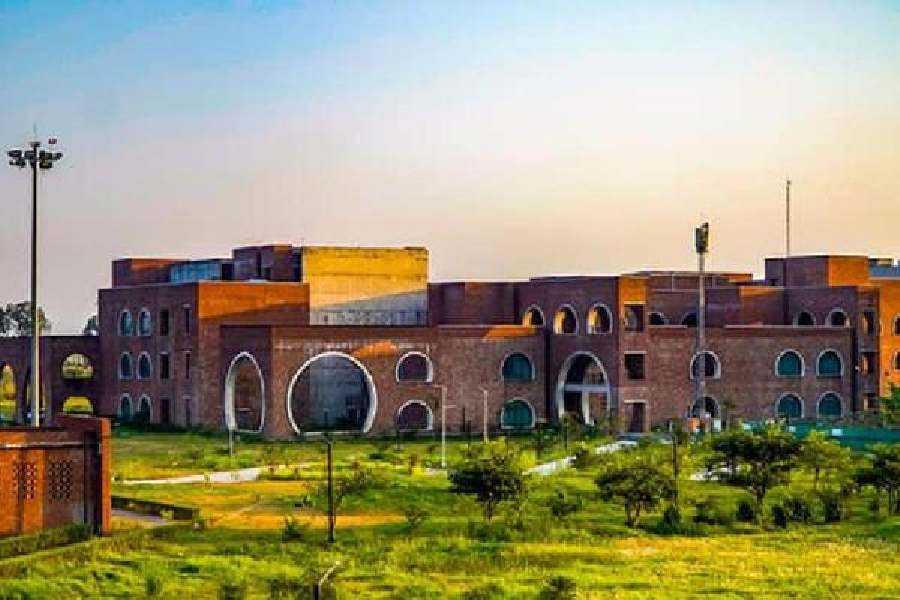Two years after Russia launched its full-scale invasion of Ukraine, the hourly artillery duels, airstrikes and pitched fighting in the country’s east and south have turned the almost 1,000km front line into a scarred frontier. Parts of it may be uninhabitable for years, if not decades. Villages and towns are destroyed. Fields are mined. Roads are barely recognisable.
But clinging to the wreckage of their homes, and hometowns, are residents who refuse to leave. Buoyed by volunteers who deliver aid and their own battle-hardened survival instincts, they carry on with their lives in an unending test of endurance. The reasons they stay are many: to care for disabled family members, to look after pets or livestock or, plainly, their love of home.
But in enclaves where the thuds of artillery serve as white noise, war is never far away.
In the southern port city of Kherson and the villages around it, residents have endured months of Russian occupation, a cold winter without electricity and an unending barrage of artillery shells.
Some left after the initial Russian occupation and returned in November 2022, after Ukraine’s military retook the city, but weekly evacuations continue. Kherson’s current population is around 60,000. Before the war, almost five times that many people lived there.
Hundreds of miles east of Kherson, in Ukraine’s Donetsk region, a stretch of land is defined by rolling hills and the slag heaps from the mines that dot the landscape. Despite the echo of war, the coal mines in the area continue to operate, just as they have since the 19th century.
Deep in a mine near the city of Pokrovsk, 34km from the front, Volodymyr Kyrylov had the war on his mind even though he could no longer hear the shelling 2,000 feet below ground.
“How could I forget about the war down there, if I have my family, children and my mother, who is on her own, up there?” he said. “I try to finish my work as quickly as possible and then return to the surface again and call to check in with them.”
To the north near Kharkiv, 10km from the front line, residents live in range of Russia’s lethal artillery. Last fall, Halyna Stychnykh, 78, waited for the Red Cross team in front of her house in the village of Iziumske. Bundled in a thick coat, she held tight to an envelope holding her personal documents.
With the war on her doorstep, she had made the decision that some Ukrainians living between the guns are still unable to make: to leave. “We took four bags,” she said of the day she fled the town that had been her home for 50 years. “We only took clothes. Everything else is left behind.”
In Ukraine’s south, where hopes of a Ukrainian counteroffensive ended in failure, the front line is only 6km from the town of Huliaipole. Around 1,500 residents remain, and on a cold day late last year, Halyna Lyushanska, 79, was the only patient at the town’s battered hospital.
Lyushanska said that her only income is her pension, roughly $100 a month. She once worked on a horse farm, but now she and her 50-year-old daughter, who looks after her, have lost most of their animals and livestock. Unwilling to leave, they grudgingly rely on assistance from the government and volunteers to stay warm.
New York Times News Service










